Many people today turn to personal loans to cover unexpected expenses, consolidate debt, or fund big purchases in a frugal economy. Regardless of whether you need cash for a medical emergency, a wedding or home renovations, personal loans could be your lifeline. But just before you get a loan, you must learn what personal loans are and the way to apply for one online. This guide will explain personal loans in depth, eligibility, and how to apply online.
What is a Personal Loan?
A personal loan is an unsecured loan and doesn’t call for collateral like a home or automobile being approved. It’s offered by banks, credit unions and internet lenders. The maximum you can borrow is typically a couple of thousand to many lakhs, based on your creditworthiness and the lender’s conditions and terms.
And unlike credit cards, which are revolving credit, personal loans are instalment loans. What this means is you borrow a particular amount and pay back it in equal monthly payments over a set period of predetermined length. Rates on personal loans vary by credit score, loan amount and repayment term. The better your financial standing, the greater your personal loan eligibility and rate of interest.
Benefits of Applying for a Personal Loan
Before we get into the online application madness you might want to apply for a personal loan:
Flexibility: From medical bills to vacations to consolidating high-interest debt, personal loans can be used for almost anything.
No Collateral Required: Since personal loans are secured, you do not need to pledge any assets.
Fixed Payments: With fixed interest rates and monthly payments, managing your budget just got easier.
Quick Disbursement: The loan amount is often deposited in a short time after approval, making personal loans ideal for those with short financial demands.
Eligibility for a Personal Loan
Your personal loan eligibility depends on several important factor’s lenders consider when figuring out your ability to repay the loan. Knowing these factors may increase your chances of being approved:
Credit Score: Your credit rating would be among the most crucial factors in eligibility. A higher score (usually over 700) can boost your chances of approval and get you a lower interest rate. But even in case your score is lower, several lenders might provide loans with higher rates of interest.
Income and Employment Status: Lenders want to ensure you can generate a steady income to repay the loan. Full-time workers, self-employed individuals and freelancers can apply – although a steady income can help.
Debt-to-Income Ratio (DTI): This ratio shows your monthly debt obligations versus your gross income. A lower DTI ratio means you have the income to cover new loan repayments, making you a more attractive candidate.
Age and Nationality: Most lenders require age and residency. The borrowers have to generally be a minimum of 21 and residents of the country where the loan is sought.
Ensuring you comply with these eligibility rules improves your odds of obtaining a personal loan.
How to Apply Online for a Personal Loan
Due to modern technology, obtaining a personal loan has never ever been simpler. Most lenders now let you apply for a personal loan online. Step by step guide to applying online:
- Research and Compare Lenders
Before you apply for a personal loan online, do your research and Compare lenders. From traditional banks to online lenders, many financial institutions offer personal loans. Compare loan terms, interest rates and customer reviews online with tools and resources at your fingertips.
- Check Your Eligibility
Once you’ve narrowed down your options, review the lender’s eligibility. Most lenders allow you to check your personal loan eligibility before applying without impacting your credit score. This step will tell you in case you are likely to get approved and at what interest rate.
- Gather Required Documents
You’ll need to submit the following documents to complete the application:
- Identification (government-issued ID, etc, passport.
- Income proof (pay stubs, bank statements, or tax returns):
- Employment verification (offer letter or recent payslips)
- Address proof (utility bills or lease agreement).
Having these documents ready will make it easier.
- Complete the Online Application
Once you have your paperwork together, complete the lender’s Online Application form. You need to enter personal details, loan amount, repayment term and loan purpose. Verify all information is correct before submitting.
- Submit and Wait for Approval
Once you submit your application, the lender will examine your eligibility, income, and credit. Approval times vary, but online applications typically take a few business days. If approved, you’ll get the loan agreement to sign.
- Receive Funds
Upon signing the agreement, the loan amount is usually deposited into your bank account directly. You then use the funds for what you want to use, and your repayment cycle will start as agreed.
Conclusion
Knowing how personal loans work and the way to apply for an individual loan online can assist in the application. Meet the personal loan eligibility requirements and compare lenders to get the best terms for your financial situation. With research and planning, you will get the personal loan that suits your requirements and your budget.



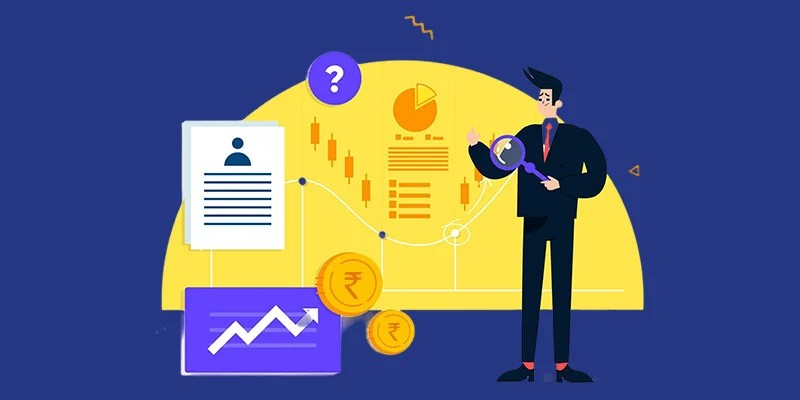







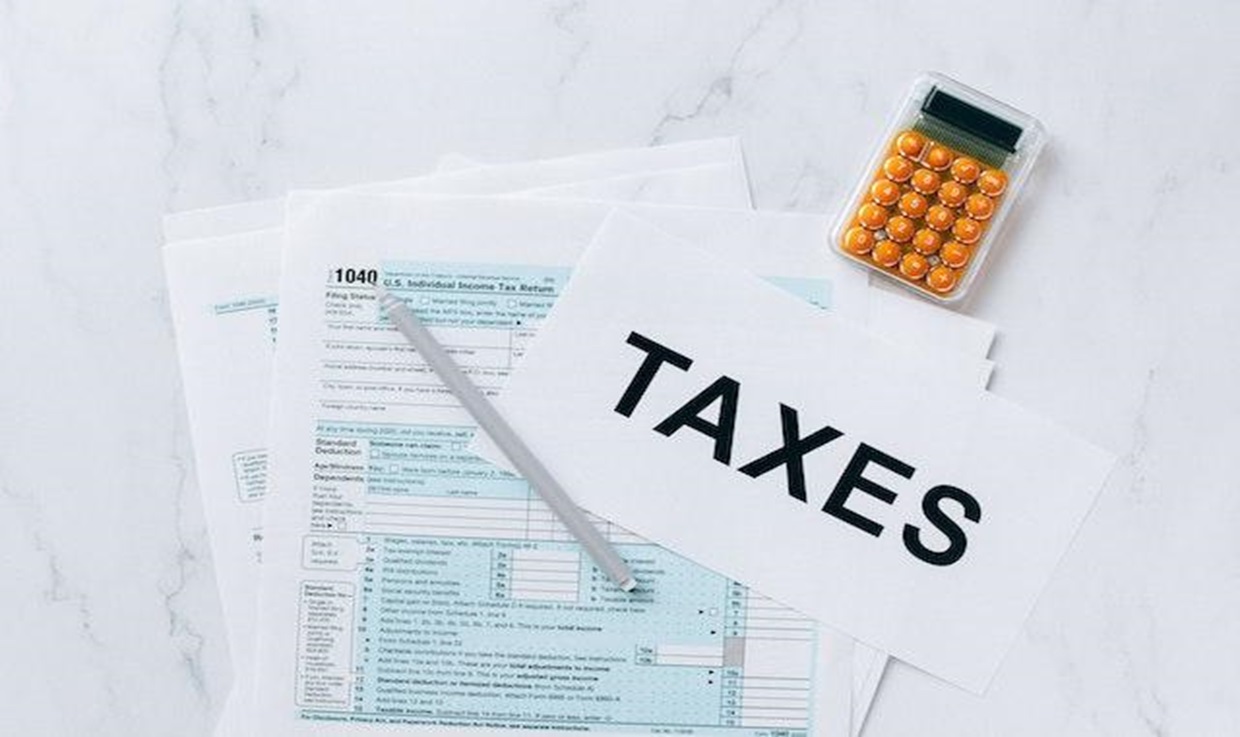



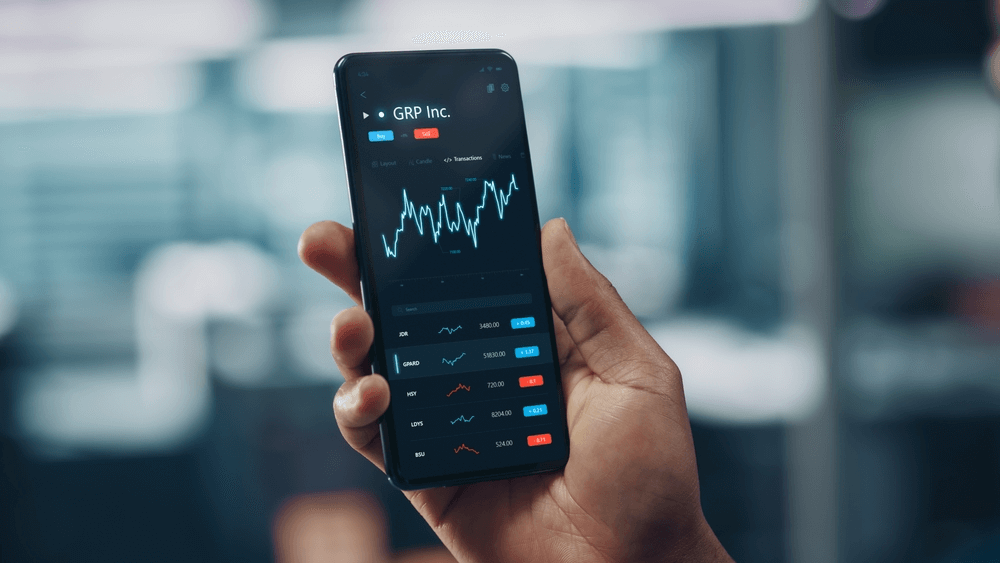


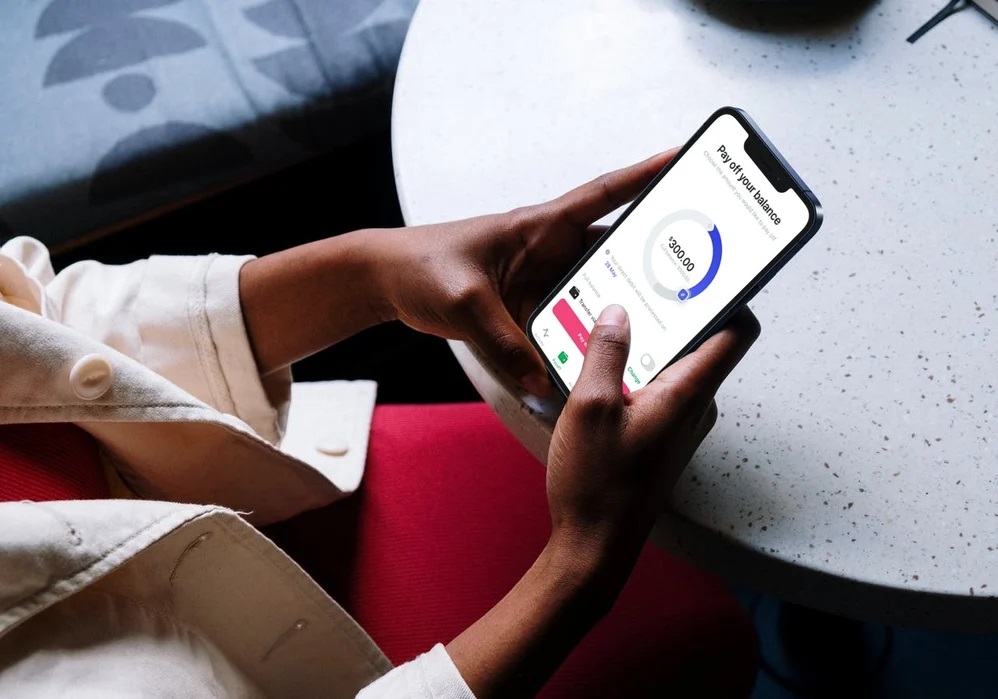












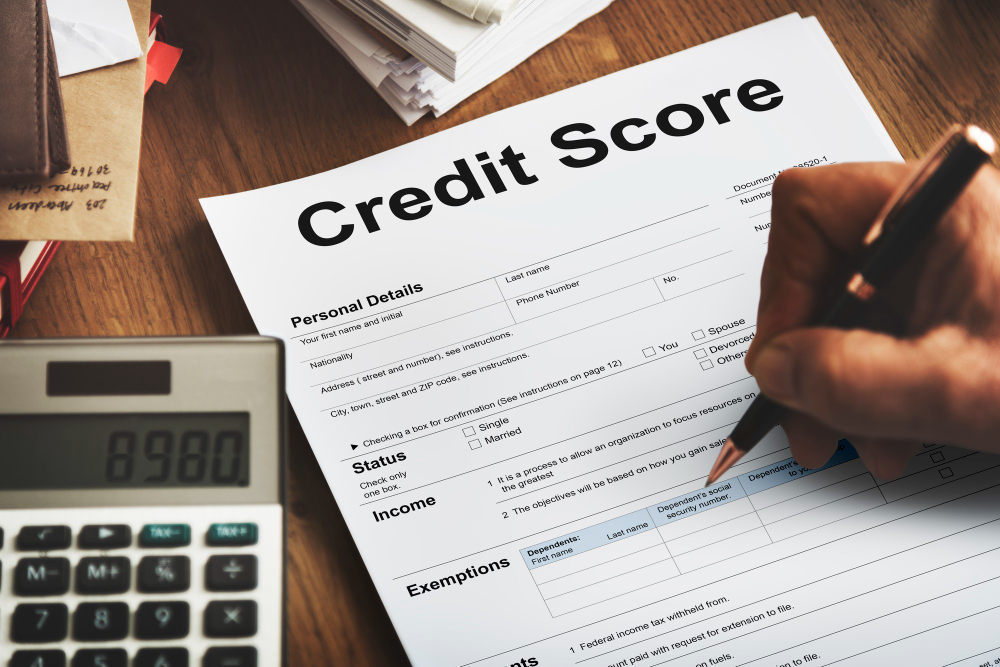
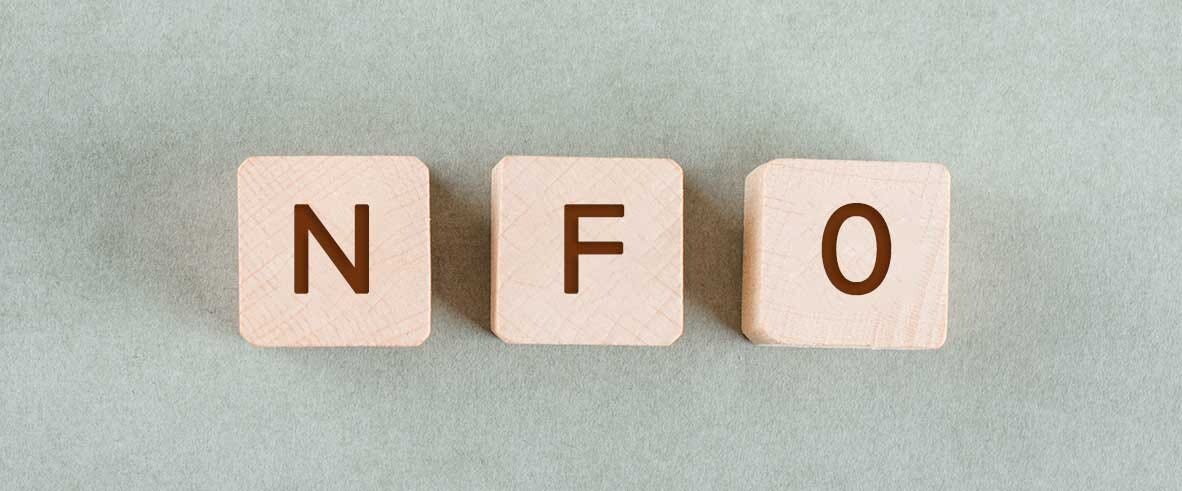







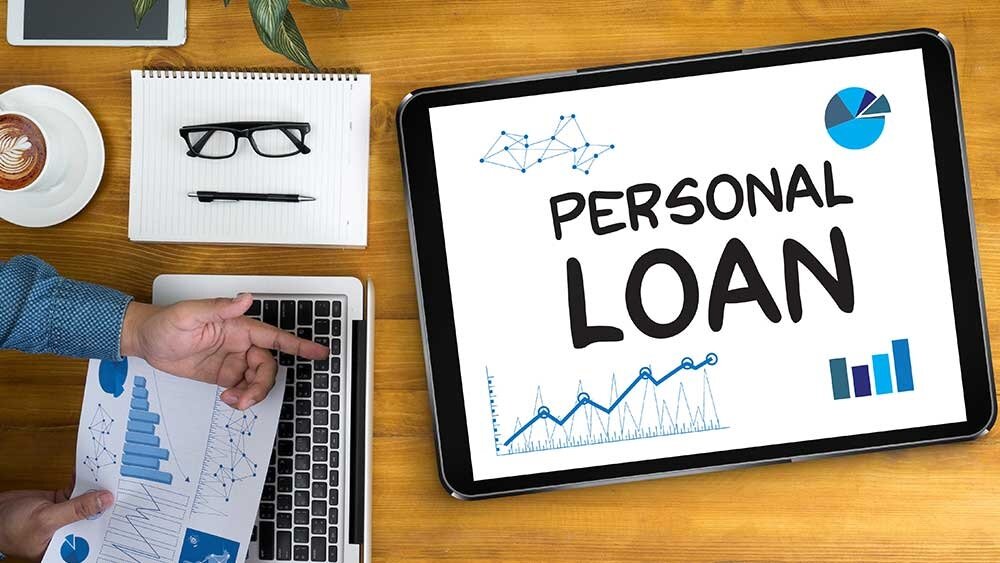




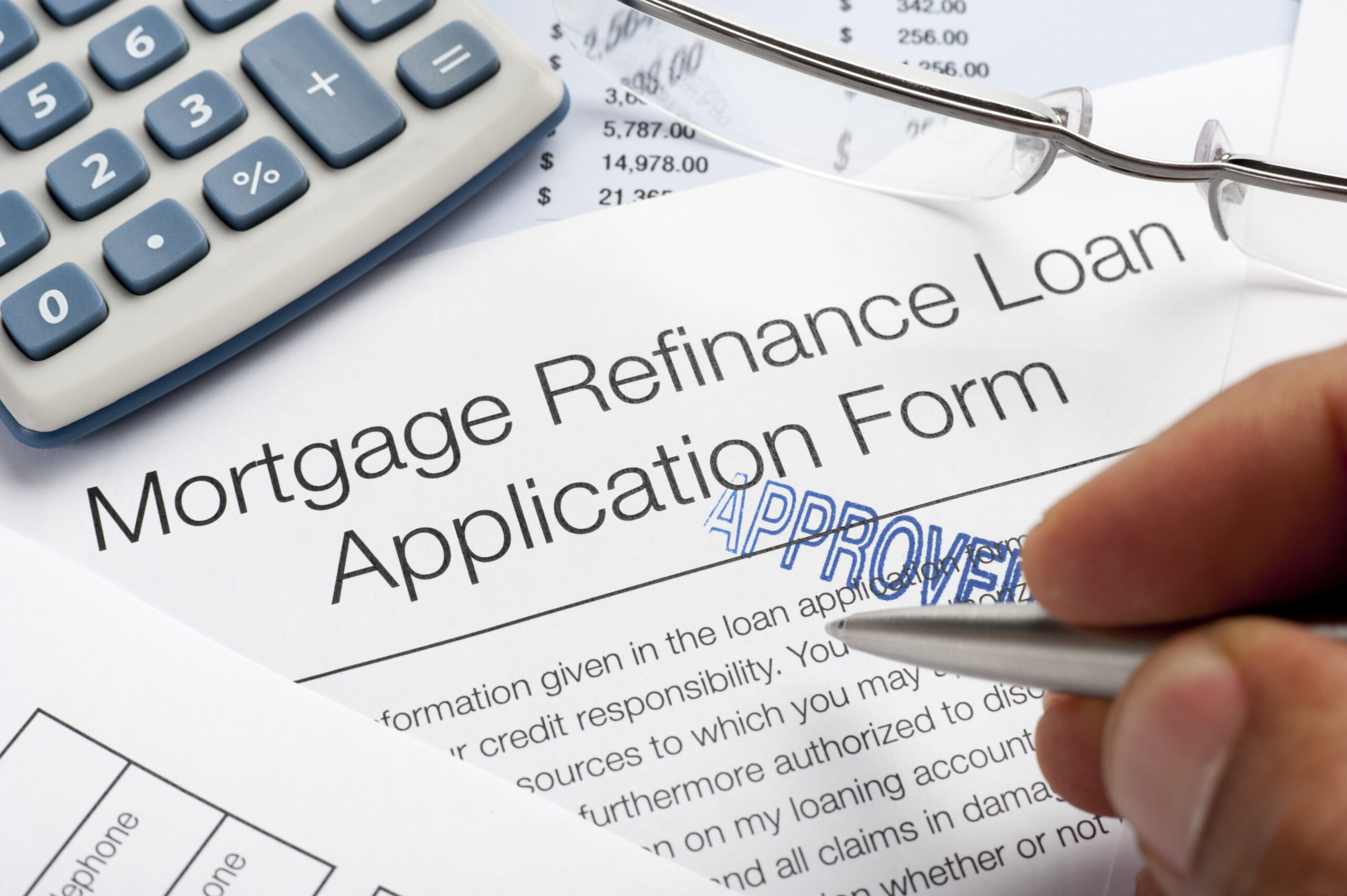








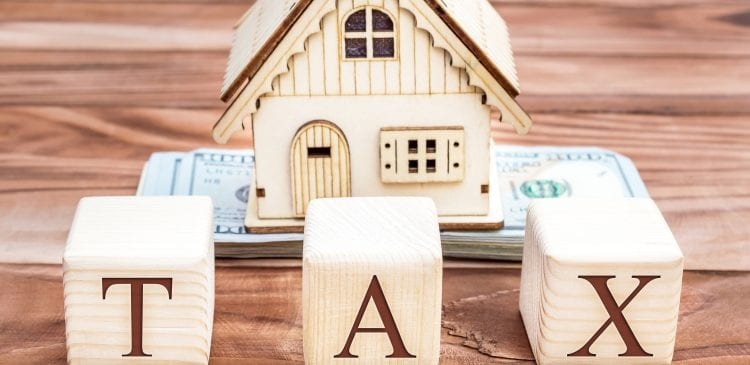







0